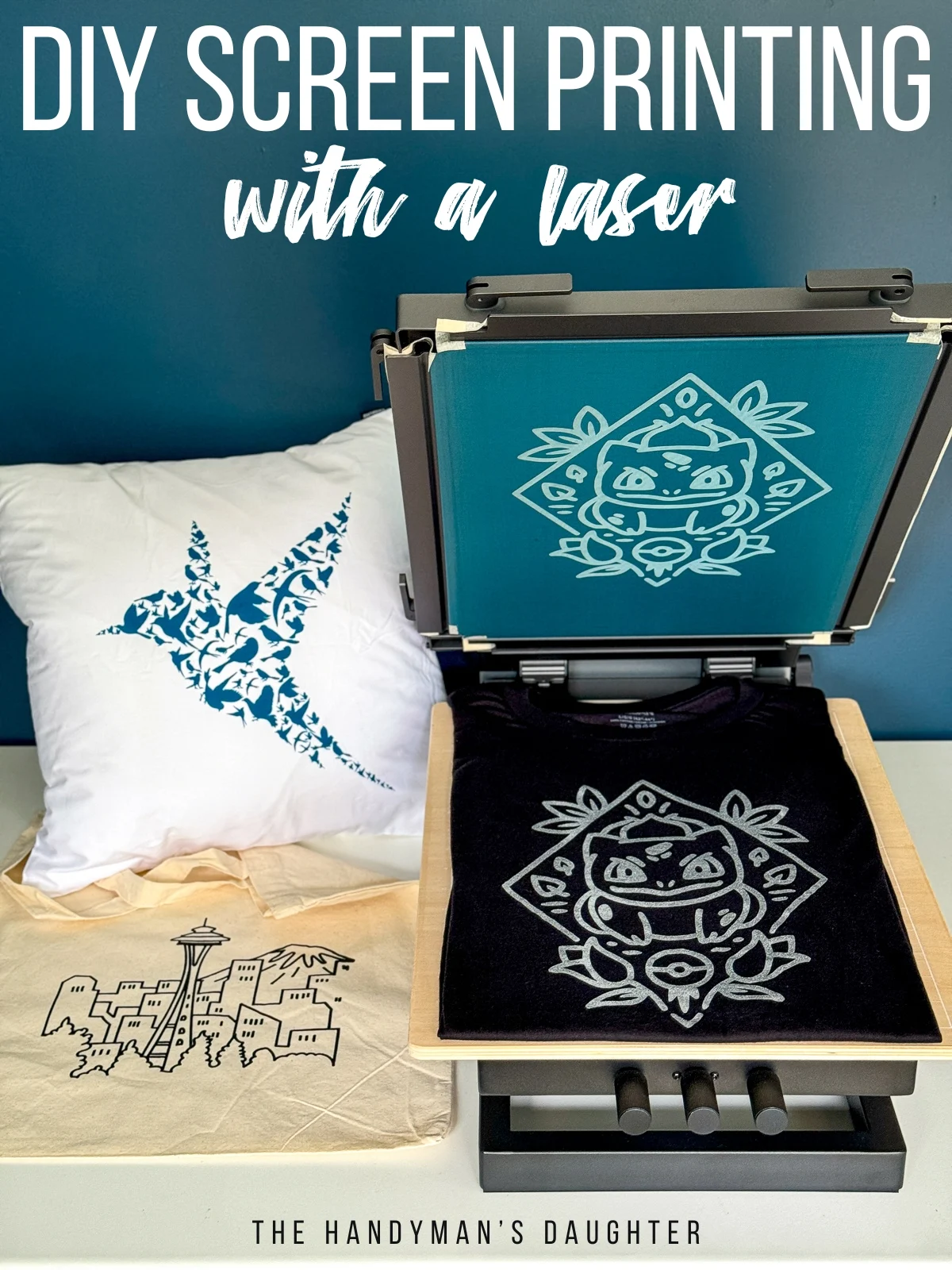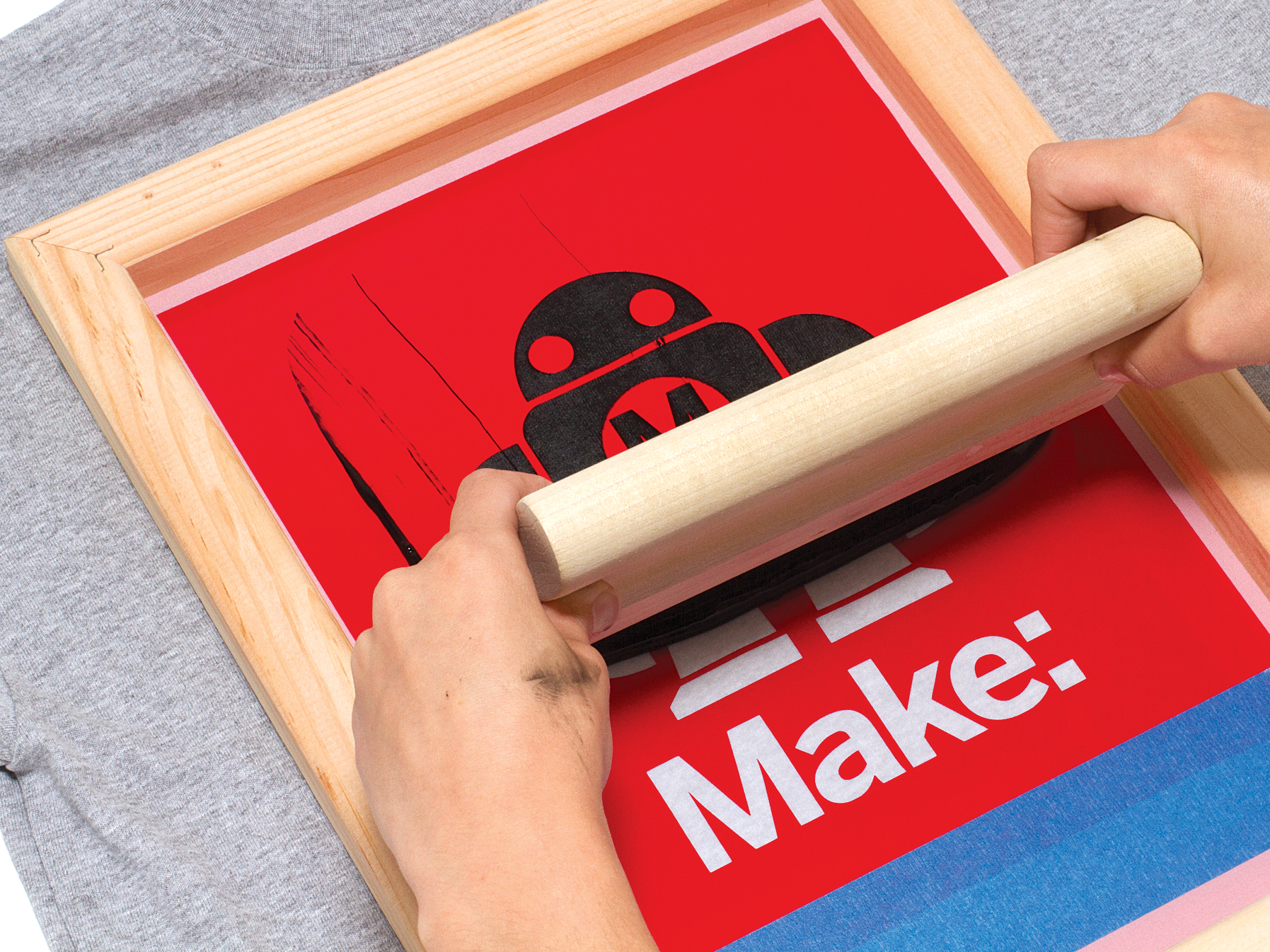The Essential Overview to Comprehending Screen Printing and Its Versatile Uses
Screen printing has a rich history that goes back to old times, progressing right into an advanced strategy used across various industries today. This guide discovers the details of the screen printing procedure, describing its applications in marketing, style, and home décor - 10:9 Design Screen Printing Texas. Comprehending these fundamentals can open up innovative potential for both business and creative tasks. The adhering to sections will disclose crucial tips and techniques to boost one's screen printing endeavors
The History of Screen Printing
Although screen printing has origins that map back centuries, its development shows the imaginative and technical developments of different cultures. Originating in ancient China, the method was initially utilized for enhancing textiles and later spread to Japan, where it came to be integral to Ukiyo-e woodblock printing. The technique moved to Europe in the 18th century, where it gained popularity among craftsmens and business printers. The invention of photo emulsion in the 20th century revolutionized screen printing, enabling for even more detailed designs and higher performance. Artists like Andy Warhol additionally pushed its appeal, utilizing the medium to develop legendary jobs that blended commercialism and fine art. By the late 20th century, screen printing had established itself as a functional method, used in fashion, advertising, and great art. Today, it remains to develop, integrating electronic technology and increasing its applications throughout various sectors.
The Screen Printing Process Explained
Screen printing transforms artistic visions into concrete layouts with a series of exact actions. A photo is produced and then moved onto a screen, usually made of great mesh material extended over a framework. A light-sensitive solution is used to the screen, which is revealed to light, setting in locations not covered by the picture. After cleaning out the unhardened solution, a pattern is developed.
Next, the screen is positioned over the substratum, whether it be material, paper, or one more product. Ink is after that pushed via the open locations of the stencil making use of a squeegee, transferring the design onto the substratum below. This procedure can be duplicated for multiple colors, needing different screens for every hue. Finally, the printed product is healed using warm to guarantee the ink sticks properly, resulting in a long lasting, dynamic design prepared for use.
Kinds Of Screen Printing Techniques

Additionally, specialized strategies, such as discharge screen printing, get rid of dye from the fabric to produce softer prints, while aluminum foil screen printing uses metallic aluminum foil to attain a shiny coating (10:9 Design near me). Each method provides distinctive qualities, accommodating different imaginative needs and manufacturing ranges, inevitably expanding the possibilities within the screen printing domain
Applications of Screen Printing in Various Industries

Furthermore, the signage and advertising and marketing markets utilize screen printing for developing eye-catching screens and banners. This method enables strong colors and elaborate styles that capture interest. In electronic devices, screen printing is used for applying conductive inks to circuit boards, crucial for component links. The home decoration market embraces screen printing to generate distinct layouts on fabrics and wall art. In general, screen printing serves as an essential tool throughout diverse fields, enhancing items with customized and visually attractive graphics.
Tips for Effective Screen Printing Projects
While embarking on a screen printing job, careful attention to detail can considerably improve the final result. Initially, choosing high-grade products is necessary; this includes the screen, inks, and substrates. Utilizing appropriate mesh matters can influence ink deposition and detail resolution. Preparation is similarly important; detailed cleaning of displays and correct direct exposure times ensure crisp prints.
Next off, accurate registration is important for multi-color prints. Utilizing positioning devices can aid attain precise layering. Furthermore, testing prints on scrap materials before production helps determine possible problems without throwing away sources.

Often Asked Questions
What Materials Are Ideal for Screen Printing on Fabric?
Cotton and polyester blends are ideal for screen printing on fabric as a result of their durability and ink absorption. Furthermore, specialized textiles like silk or canvas can generate special textures and finishes, boosting the total layout top quality.
Just how Do I Clean and Maintain Screen Printing Tools?
To maintain and clean screen printing equipment, one need to on a regular basis wash displays with proper solvents, check mops for wear, lubricate relocating parts, and store all things in a completely dry, dust-free environment to prolong their life expectancy.
What Are the Ecological Influences of Screen Printing?
Screen Continue printing can have significant environmental effects, including chemical waste from solvents and inks, water usage during cleaning procedures, and power intake. Environment-friendly products and sustainable techniques are vital for lessening these unfavorable effects.
Can Screen Printing Be Done at Home Successfully?
Screen printing can be successfully done at home with the best products and techniques. Enthusiasts can develop top quality prints, though success depends on their skill degree, equipment, and understanding of the process entailed.
What Are the Expenses Connected With Beginning a Display Printing Organization?

Beginning a screen printing service entails costs for equipment, materials, and office. Preliminary expenses commonly range from a few hundred to several her response thousand bucks, depending upon the scale, high quality of equipment, and preferred manufacturing capacity.
Screen printing has a rich history that dates back to ancient times, evolving right into an innovative strategy made use of across different markets today. An additional strategy, rotary screen printing, uses round screens, facilitating continual printing on material rolls, thus enhancing efficiency for large productions. Additionally, specialized strategies, such as discharge screen printing, get rid of color from the fabric to produce softer prints, while aluminum foil screen printing applies metallic foil to accomplish a glossy coating. In the fashion market, screen printing is commonly made use of to create vivid designs on apparel, enabling brands to showcase their one-of-a-kind styles. Cotton and polyester blends are Read Full Article suitable for screen printing on material due to their sturdiness and ink absorption.